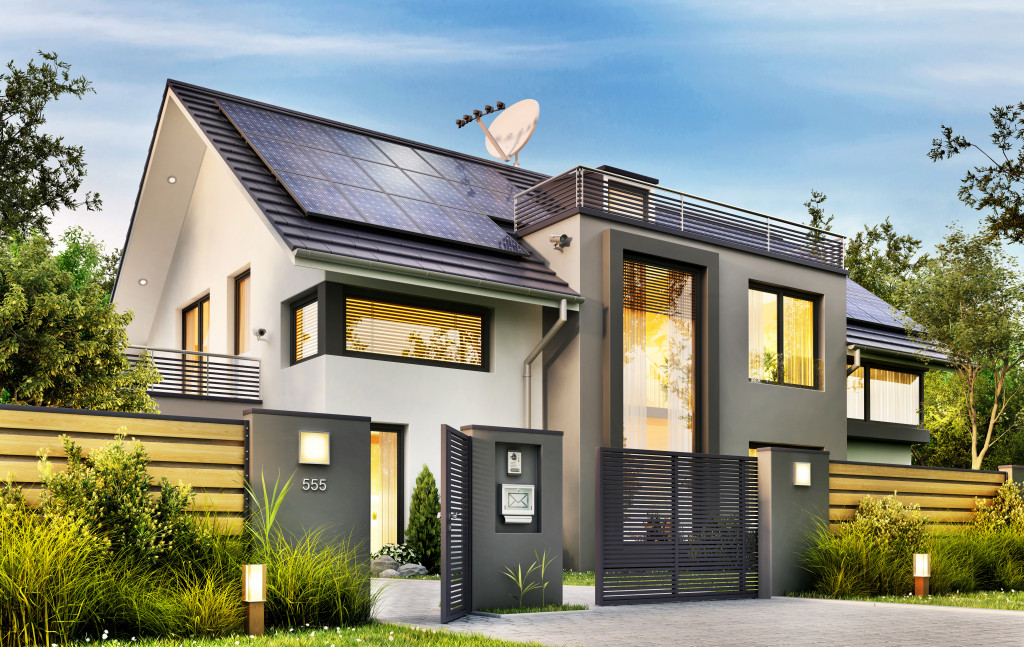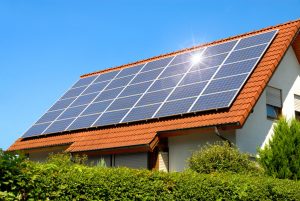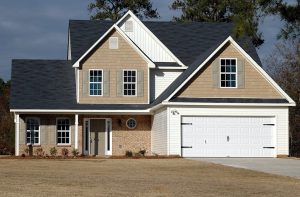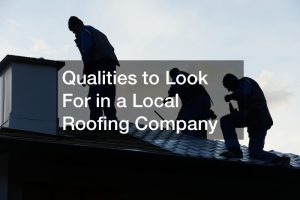With climate change a constant topic among critics worldwide, many industries have switched to sustainable means of doing business. Even the construction industry has turned its eyes to sustainability, doing everything it can to help save the environment from further harm.
Why Go Green in Construction
Observing eco-friendly practices in construction has several benefits. These benefits are categorized into economic, social, and environmental.
At the economic level, going green provides financial benefits to individuals and corporations. For instance, businesses or commercial establishments that use eco-friendly practices in their construction and operations report a 7% increase in their asset values compared to traditional ones. Going green also reduces energy spending on a global scale.
At the social level, going green has led to better indoor air quality, which in turn led to better productivity among office workers. Studies show that employees who work in buildings with eco-friendly practices have higher cognitive scores than their counterparts.
At the environmental level, going green helps reduce greenhouse emissions. It also leads to more efficient use of energy, thereby helping people to have lower energy bills.
Practices That Are Considered Eco-friendly in Construction
With many organizations now switching to sustainable and green construction strategies, many industry players are also enhancing technologies that can be used to create new advanced materials that enable companies to utilize environmental-friendly processes. Such processes are meant not only to help the environment but also to assist companies in improving their production methods. Some eco-friendly practices that are used in the construction industry these days are discussed below.
Automated Building Systems
An automated building system increases the safety of a building. It also reduces energy costs and improves overall efficiency. An automated building system provides a smart building environment through the use of different component categories. These include the sensors, output devices, controller, terminal interface, and communication protocols. This system is widely used in commercial establishment construction.
It is also now being used in residential home constructions. For instance, garage door installations may already include automation. An automated garage enhances the security of the home, increases home value, promotes convenience to homeowners, and reduces energy bills.
Green Roofs
Also known as eco-roofs or vegetative roofs, green roofs allow people to grow a diverse selection of plants on top of their sloped roofs. With this type of eco-friendly practice, people can now become self-sufficient. They can grow their food even when they do not have enough land to garden. For a home to sustain a green roof, it should be constructed with particular types of roofing materials. The roof should also be built in layers to allow vegetation to grow.

Synthetic Roof Underlayment
Synthetic roof underlayment is installed directly onto roof decks, providing an added layer of protection to existing roofing systems. They provide protection against rain, snow, wind, and other severe types of weather and comes in three varieties: rubberized asphalt, non-bitumen synthetic, and asphalt-saturate felt.
Passive Solar Energy System
This type of eco-friendly practice uses the sun’s energy to heat and cool homes. It is not dependent on external devices but only uses solar panels to capture the sun’s rays and turn them into usable energy. This solar energy system can help cut down on energy costs, and they are relatively easy to install.
Graywater Plumbing Systems
These systems are used to regulate the discharge of wastewater from homes and buildings. The wastewater is then used for other purposes, such as watering gardens and many more. Typically, water flushed from toilets or drained from sinks, showers, laundry, and other parts of the house are made to flow into a “surge tank,” where they are treated and used for other purposes. The use of greywater plumbing systems helps conserve water by recycling.
Grid Hybrid System
Much like the passive solar energy system, the grid hybrid system uses the sun’s power to generate energy for homes and buildings. The only difference is that while the passive solar system does not use external devices to function, the grid hybrid system relies on batteries and inverters to produce the energy required to run the different appliances inside the home or building. The grid hybrid system allows energy to be stored so that it can be used as a power supply during blackouts and other energy problems.
The use of eco-friendly practices is getting more popular each passing day. Especially with the rising costs of energy consumption, it will not be a surprise if more people will turn to green alternatives in the near future.






